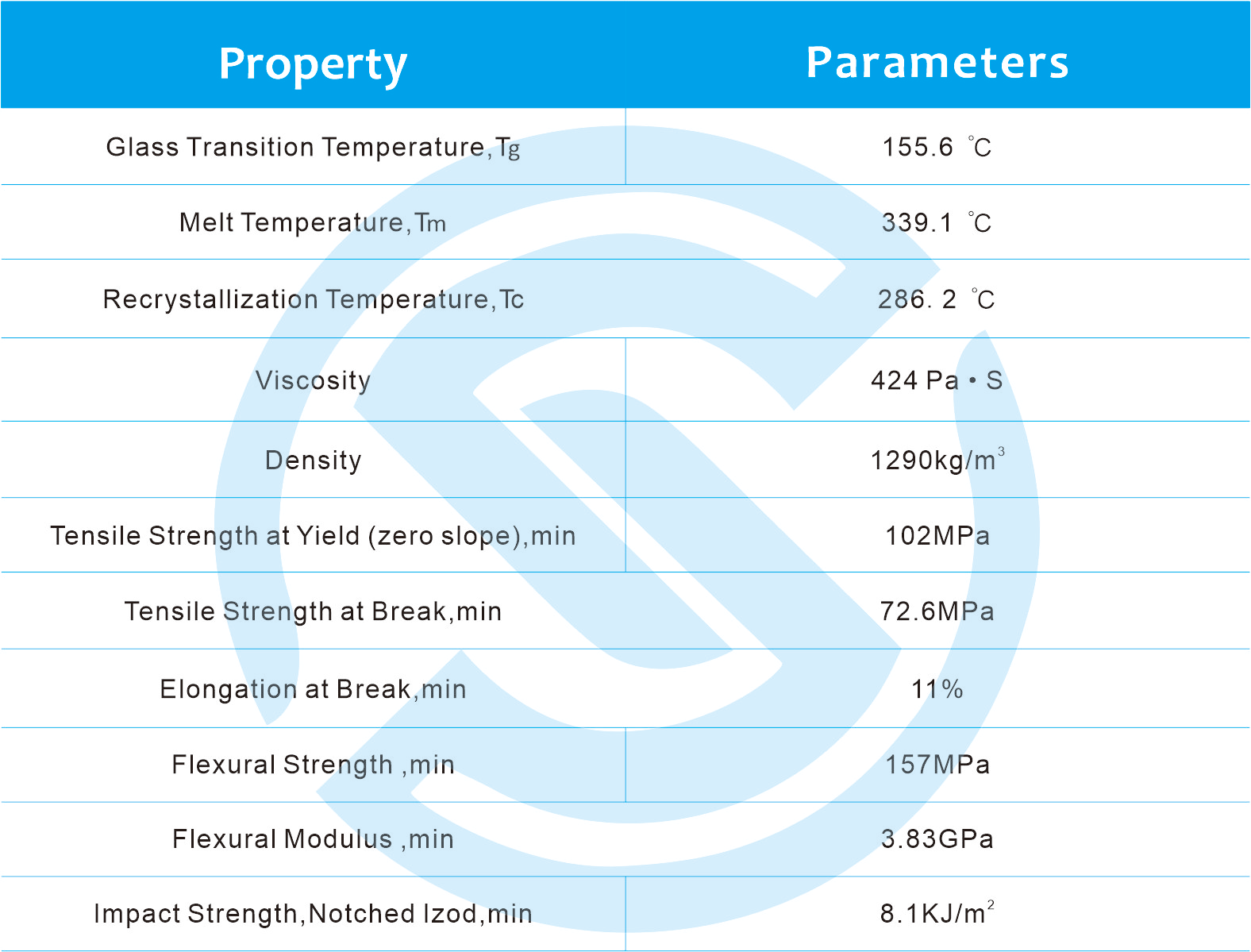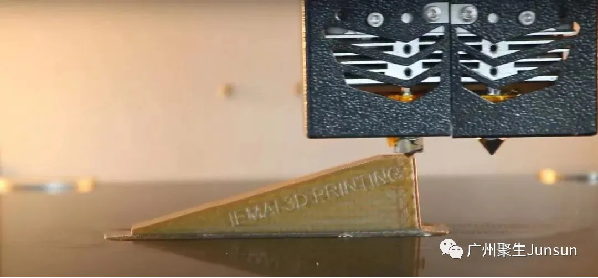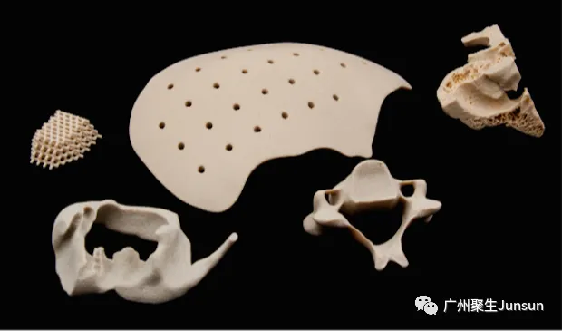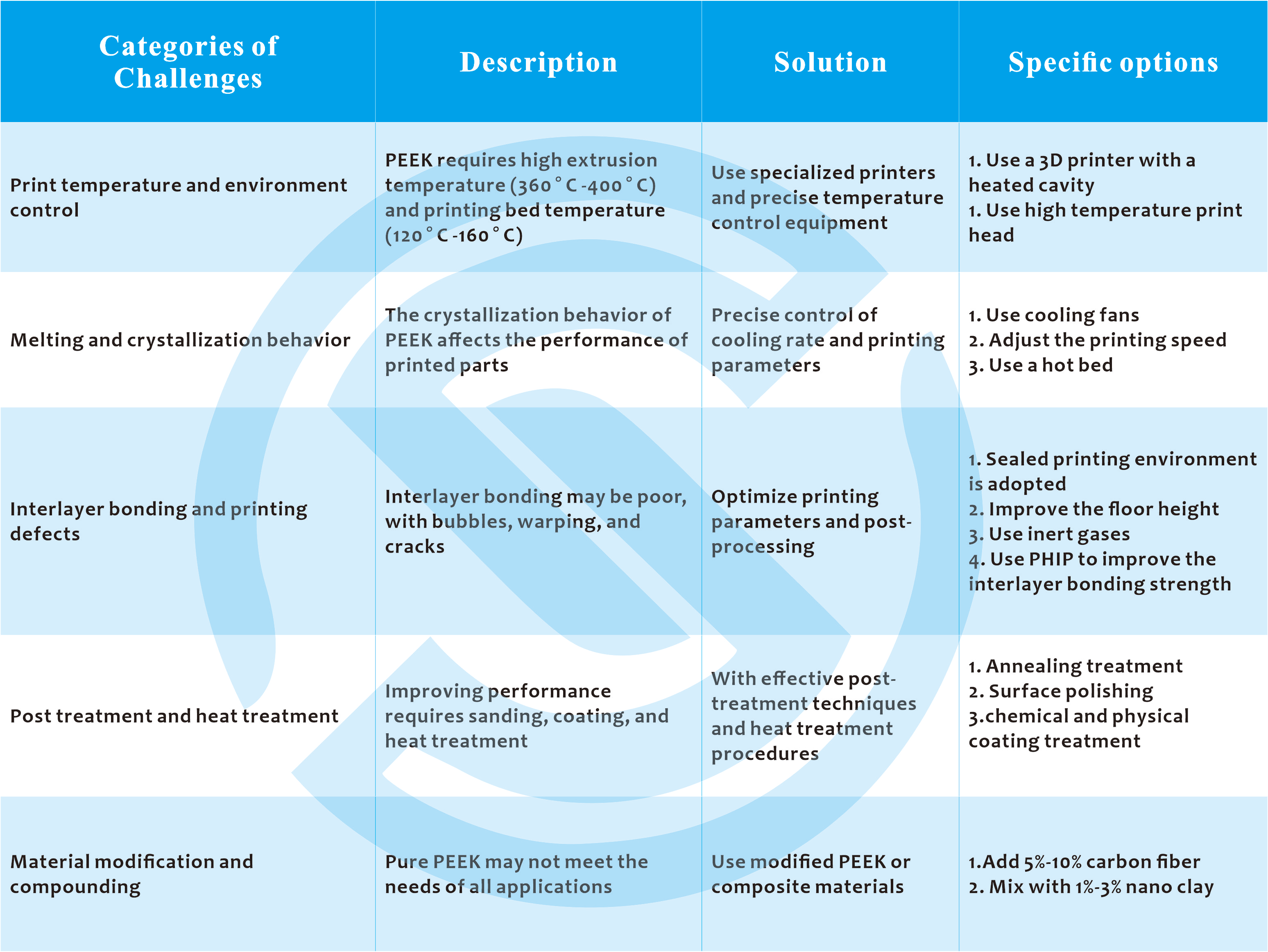1.Introduction
Polyetheretherketone (PEEK) is a high-performance engineering plastic that has attracted much attention due to its excellent mechanical properties, heat resistance, and chemical stability. When used in 3D printing, PEEK allows the construction of almost any complex design geometry, which is difficult for many other materials. Therefore, with the rapid development of 3D printing technology, PEEK has become one of the popular materials in this field. The low moisture absorption of PEEK material makes it suitable for 3D printing modeling using fused deposition (FDM) technology, which is a fast, economical and efficient method that enables PEEK to be widely used in a variety of complex applications, from aerospace to medical devices. However, although PEEK shows great potential in FDM 3D printing, there are still many challenges in practical application. In order to take full advantage of PEEK and drive its application in the field of 3D printing, we need to deeply understand these challenges and find effective solutions. This paper aims to discuss the challenges of PEEK in FDM 3D printing, provide solutions, and look into its future development prospects.
2.Basic properties of PEEK materials
Polyetheretherketone (PEEK) is a semi-crystalline thermoplastic polymer that is widely used in high-performance applications due to its unique combination of properties. Compared with other engineering plastics, PEEK shows its unique advantages, especially in terms of heat resistance, mechanical properties and chemical stability. The following are some key properties of JUNSUN medical implantable PEEK 3D Printing filament and its specific parameters:

3.Basic principles of FDM 3D printing
Melt deposition molding (FDM) is an additive manufacturing technique that builds three-dimensional objects by extruding molten thermoplastics layer by layer. First, the computer-aided design (CAD) model is sliced into thin layers. During the printing process, the print head heats and extruded a thermoplastic material, such as PEEK, to melt it. This molten material is then precisely deposited on a printing platform to build the final three-dimensional object layer by layer

PEEK FDM 3D printing process
4.Challenges and solutions
5.Future prospects
PEEK’s potential in high-end applications: PEEK has great potential in aviation, automotive and medical applications. Especially in the medical field, the application of PEEK is growing rapidly, and the PEEK medical deviser-based market is expected to reach $1 billion by 2028, growing at a CAGR of more than 7%.

3D printed PEEK bone replacement implant
Development of new PEEK composites: With the advancement of technology, the market for new PEEK composites is also expanding. The global PEEK Composites market is expected to reach USD 1.5 billion by 2028.
Further innovation and improvement in FDM technology: With the popularity of 3D printing technology, the FDM market is expected to grow at a CAGR of 10% over the next five years, and the market size is expected to reach USD 3 billion by 2028. PEEK, as a high-end material for FDM, will play a significant role in this growth.
Sustainability and environmental impact:As concerns about environmental protection have increased across the globe, so has the demand for sustainable materials. The market for sustainable and eco-friendly PEEK materials is expected to reach USD 500 million by 2028. Researchers are looking for more environmentally friendly production methods and recycling strategies, which will bring new opportunities for PEEK production and application.
6.Conclusion
PEEK has shown great potential and application prospect in FDM 3D printing. Although there are some challenges in the printing process, they can be effectively solved through technological innovation and material modification. In order to fully exploit the advantages of PEEK, it is recommended that manufacturers and researchers further study its application in FDM 3D printing, develop new printing technologies and material compounding strategies, and consider its environmental impact. Only in this way can PEEK realize its true potential in the field of 3D printing, providing better solutions for a variety of high-end applications.

